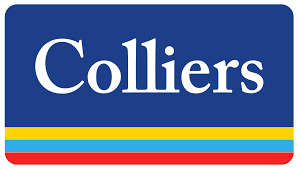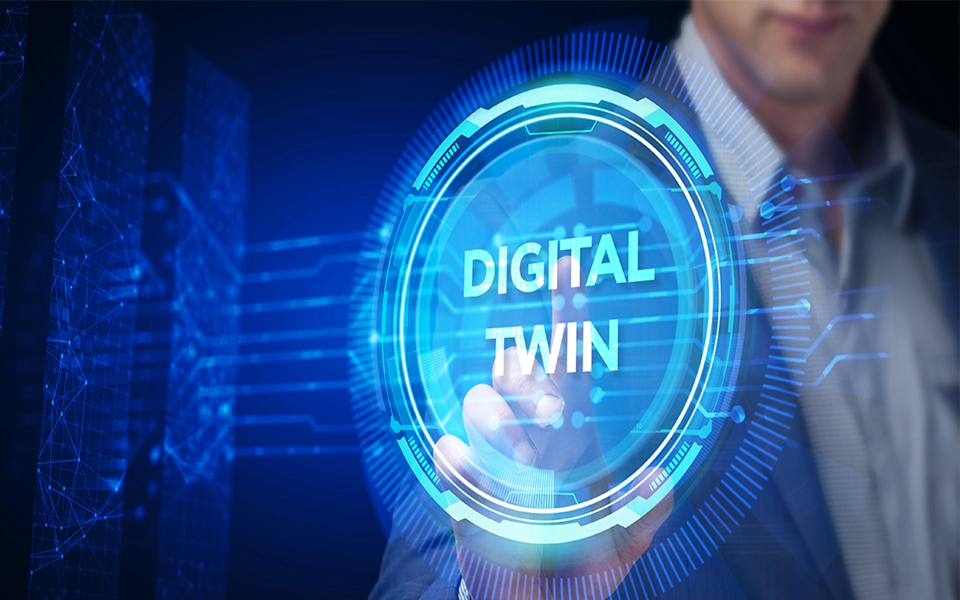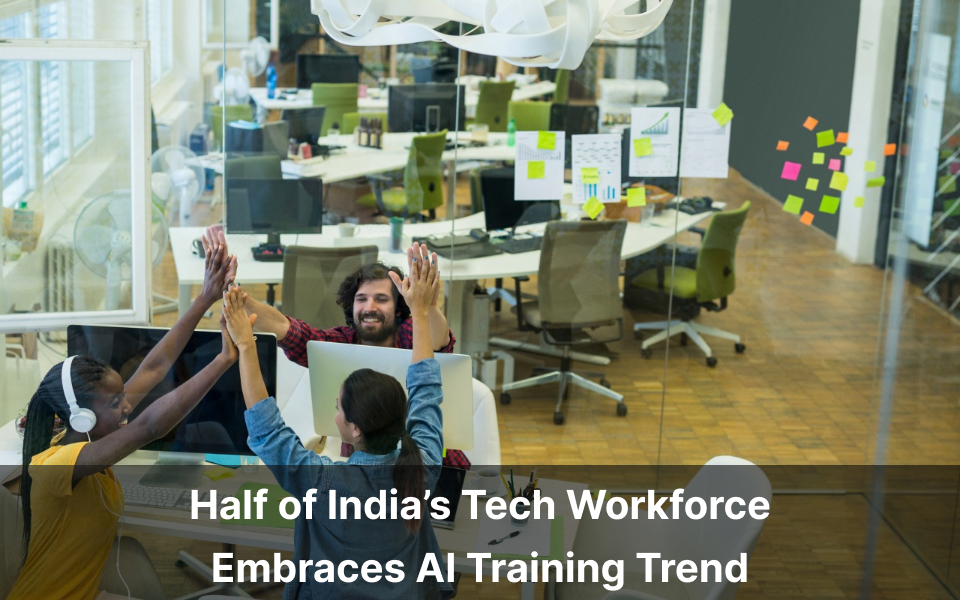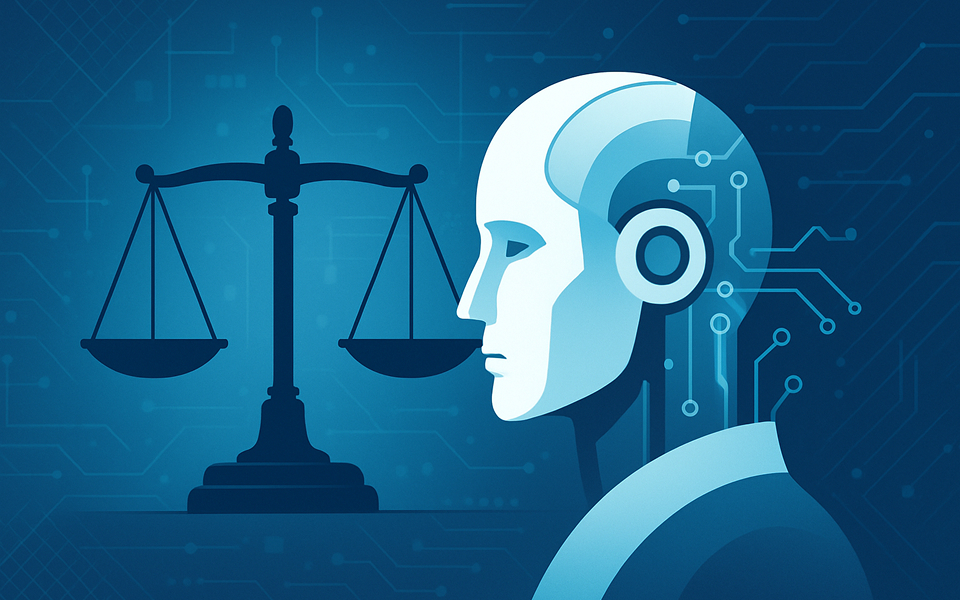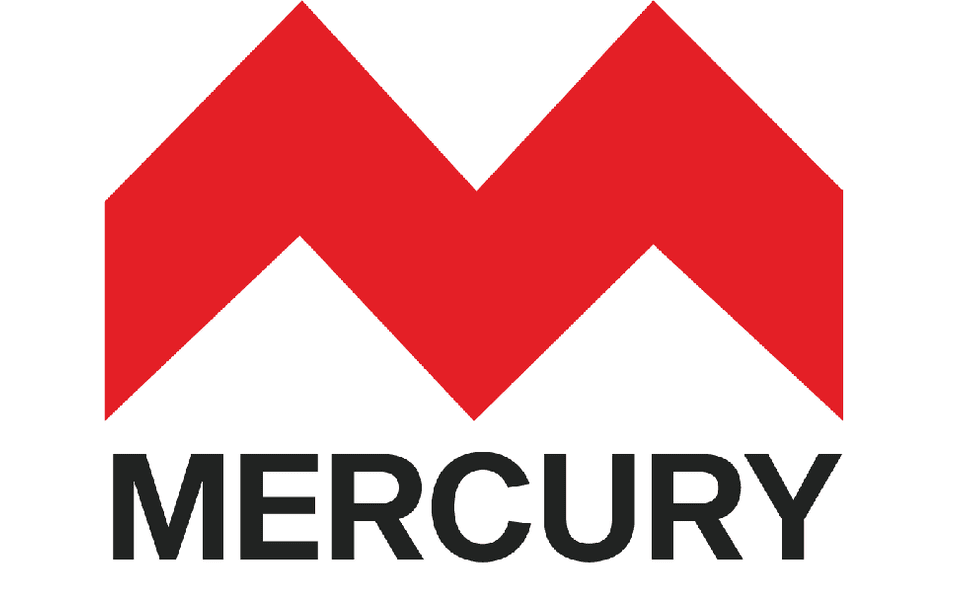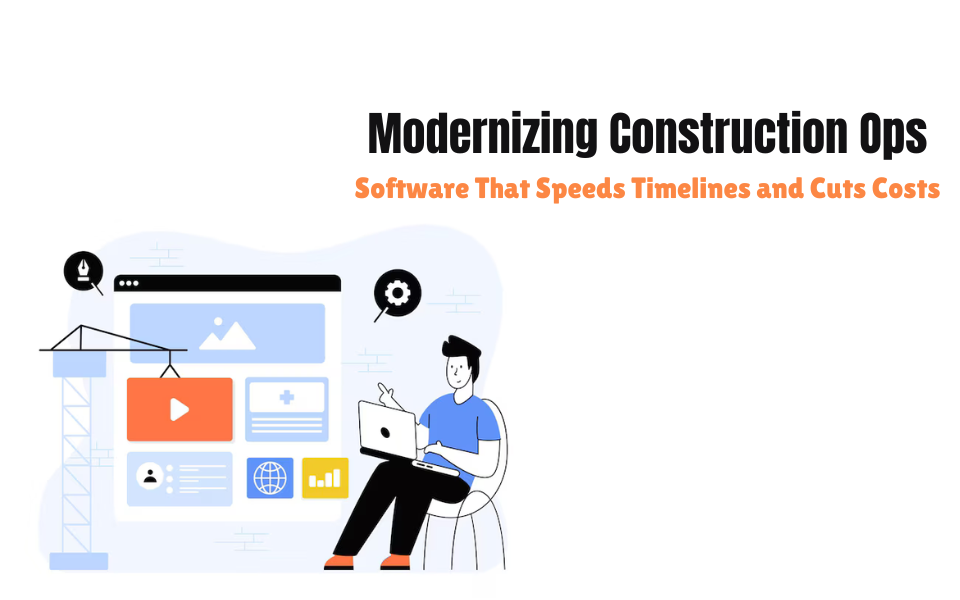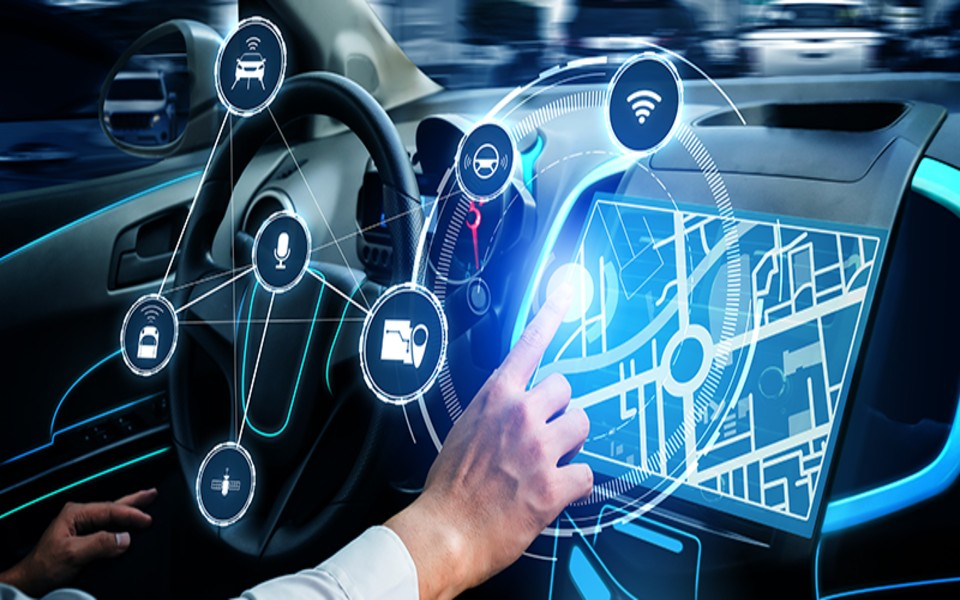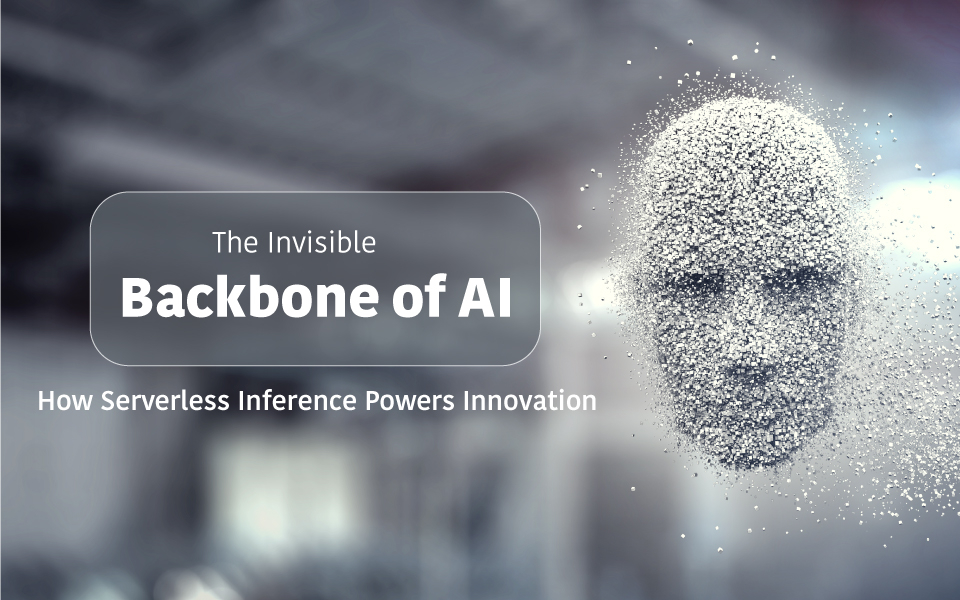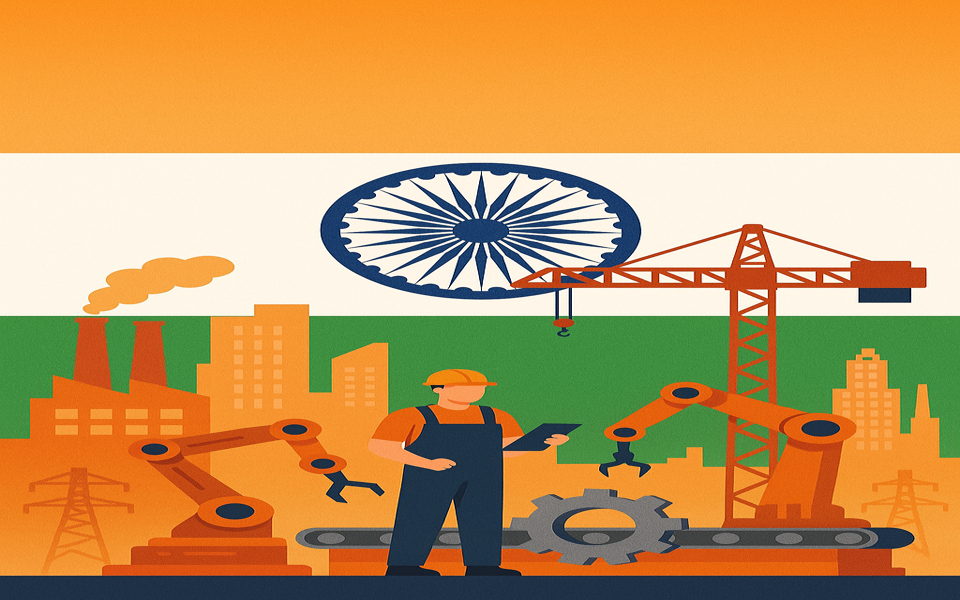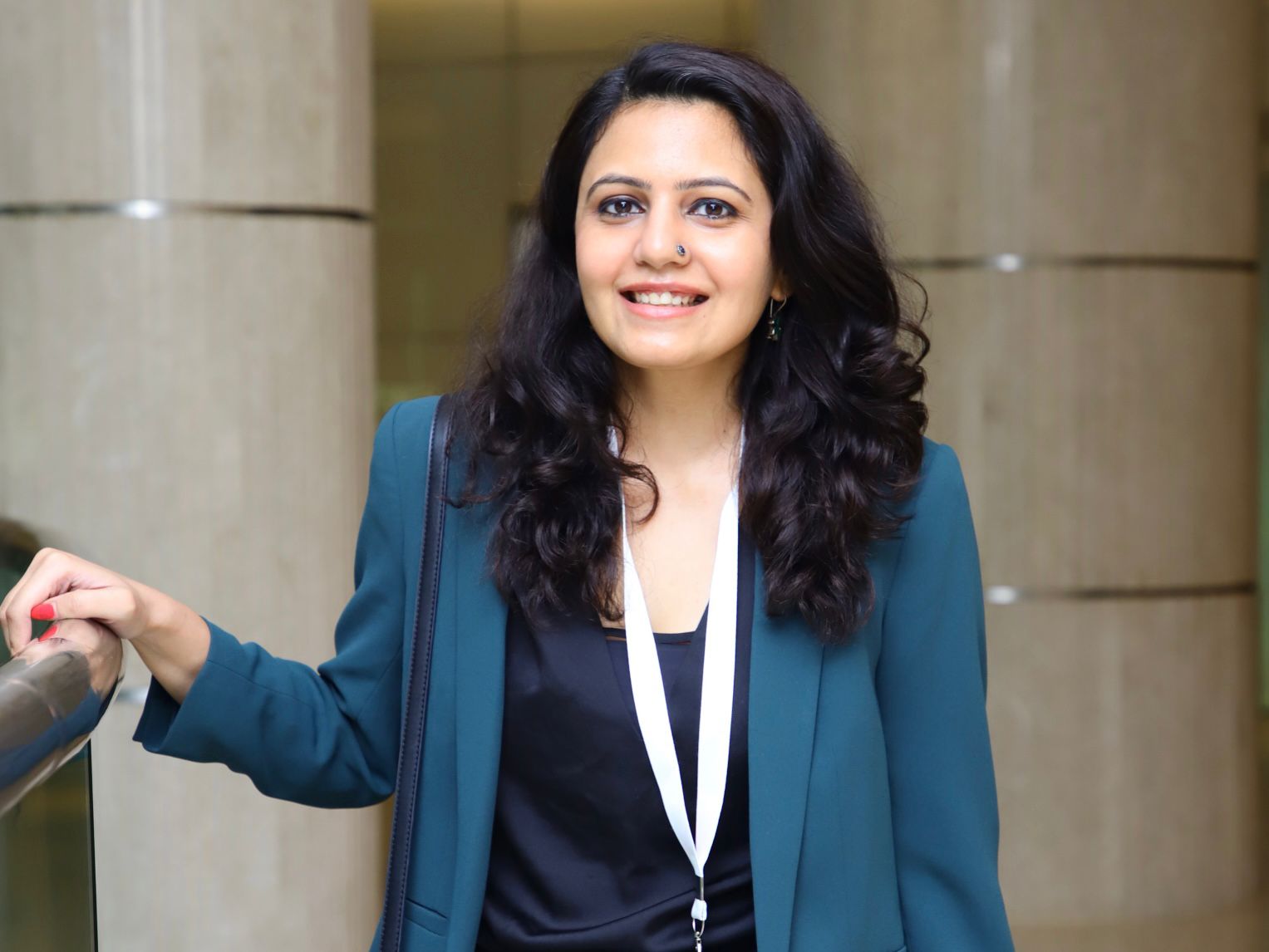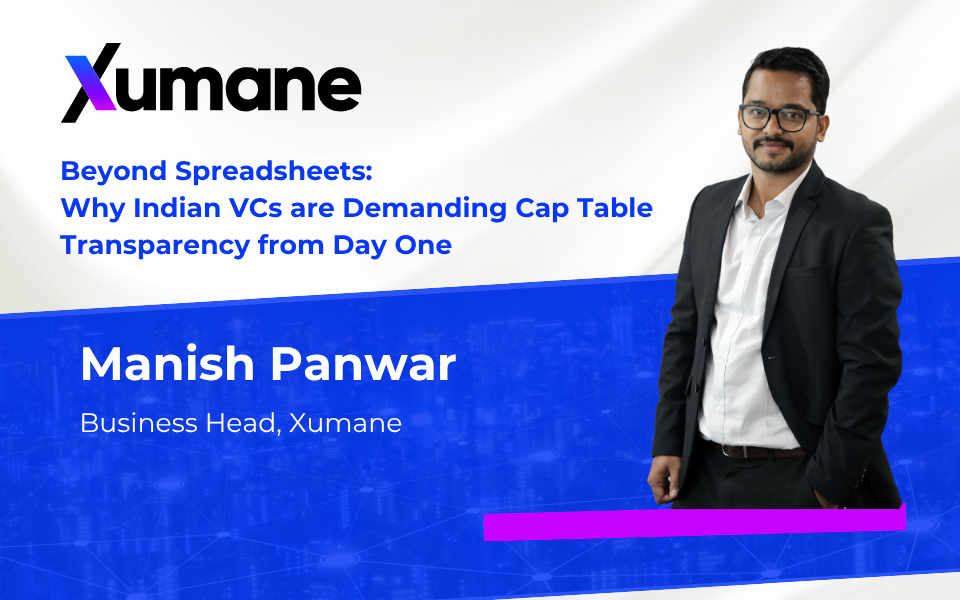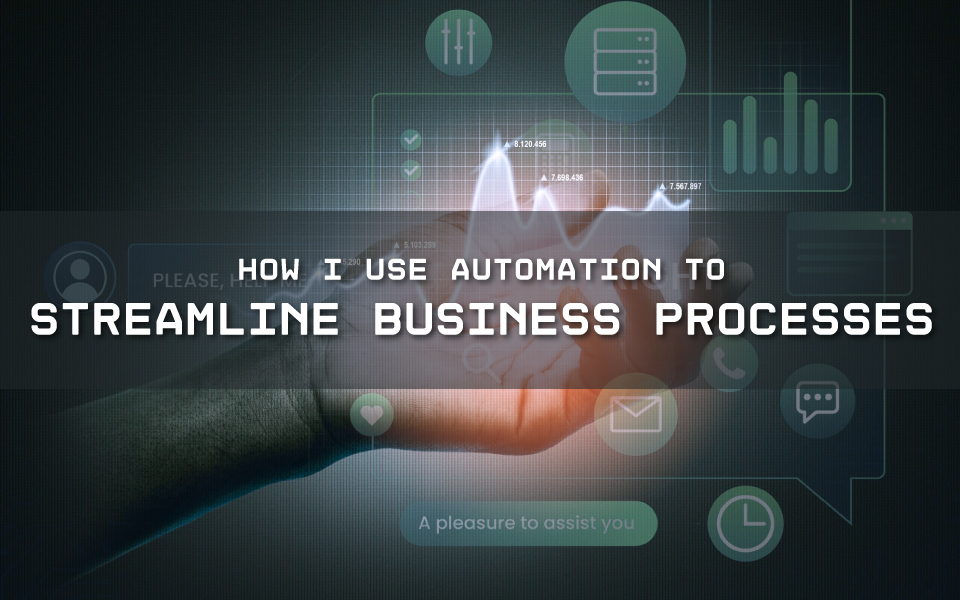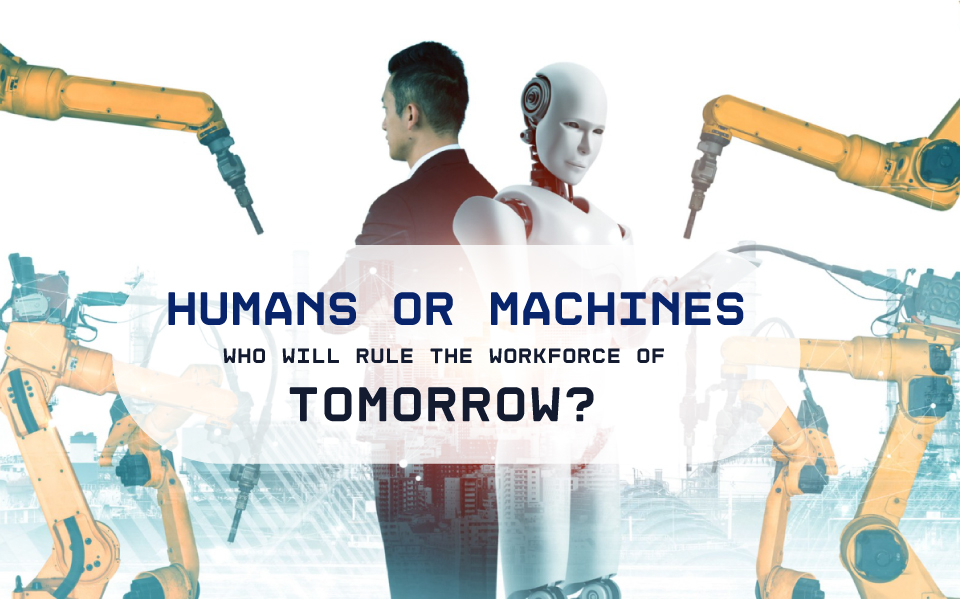The current plan to build metro systems in 50 cities, inspired by the political leadership, allows India to shape its urban areas banking on the significance of urban rail.
Introduction –
Technological advancement characterizes the rapid urbanization in the 21st century in developing countries. Research suggests that the urban population in developing countries would grow by five million per month on average over the next four decades, comprising 95% of the global urban growth. Developing countries like India, also not far away from such advancement, where the Urban population growth will be the critical factor. Suppose we assume that the Urban population may grow from 370 million (2011) to 600 million by 2031; it will be a massive task for the policymakers to meet the challenges not only for Infrastructure planning but also for financial allocation. The 44th European Transport Conference 2016, ETC 2016, has suggested a sustainable approach for Metro Railways Service in India to meet such challenges.
Present Urban Metro Rail Systems in India –
The first urban rail (metro) project of independent India was implemented in Kolkata in 1984. It is a public-owned indigenous system constructed by trial-and-error method with uncertain funds, court injunctions, and an irregular supply of construction material. Kolkata Metro’s first section of the 3 km stretch was commissioned in about 12 years. Currently, the network stretches over 27 km. It has been incurring huge losses since the operations commenced. There is also a reduction in ridership, and the study shows that the operating ratio reduced from 311 to 254 from 2011 to 2015.
But India’s second metro system, the Delhi Metro (DMRC - Delhi Metro Railway Corporation), became operational in 2002, developing metro in other Indian cities. Seventeen of these cities now boast operating metro systems, and more and more are under construction. This blog's prime point of discussion is the government-funded Delhi Metro and a privately funded Gurgaon Metro that provide an appropriate reference to compare public and private urban metro rail systems and their sustainability.
Mumbai Metro, which started in 2014, is a unique Public-Private Partnership (PPP) project. A special purpose vehicle (SPV) was constituted to design, finance, build, operate, maintain, and transfer the system to the state government at the end of the 35-year concession period. The selected concessionaire, Reliance Group, and local government agency hold 74% and 26% equity shares.
Development of sustainable Metro Railway Service –
We feature two key aspects which should be highlighted during the proposal and the pre-construction designing stages -
1. Public & Private Partnership (PPP) –
Public & Private partnership, where there is more involvement of private players to achieve economic sustainability, is the need of the hour. Governments in high-income and low- and middle-income countries are increasingly using public-private partnerships (PPPs) to develop urban rail projects. This module shows sustainability and profitability in the countries like Japan, Argentina, Brazil, Singapore, Malaysia, etc., as per studies. According to data from the World Bank’s Private Participation in Infrastructure database, a total of 16 rail projects involving private participation reached a financial close in the first decade of the 2000s, more than double the number of projects in the 1990s (World Bank report 2017). Since 2011, 15 more projects have reached financial close, with a total investment amount, including both public and private investments, was of INR 228,000 Cr. In addition, the massive 71 Km Hyderabad Metro PPP project, which was awarded in 2011, immediately reduces the direct investment from the public fund. Following comparative case studies shows how PPP is the need of the hour for long-run sustainable projects -
2. Environmental Benefit –
Care for the environment has always been one of the significant aspects of the 21st century. In all phases of its functioning, right from planning to construction and operations, we must take utmost care to conserve the environment. While trees are planted for each tree that is cut for construction work, the trains are run by electricity without consuming any nonrenewable fuel.
A case study of Delhi Metro shows a quantifying climate change benefits from its operations. DMRC has already registered their projects like - The Regenerative Braking project, The Modal Shift Project, and The Energy Efficiency Project under CDM (Clean Development Mechanism) under United Nations having Gold Standard. We expect this to reduce emissions by approximately 5.7 lakhs annually and make it environment-friendly.
In its construction work also, DMRC has always endeavored to adopt eco-friendly practices. For example, for every tree cut during construction work, DMRC plants ten trees to ensure no depletion of the green cover due to Metro's expansion. Plantations are done at all our depots, residential complexes, and stations, wherever possible. In comparison to the other mode of transport, the following chart shows very low C02 emission, as per environmental studies on Delhi Metro (DMRC):
| CO2 EMISSION FROM DIFFERENT MODES OF TRANSPORTATION |
| Mode of Emission |
Value |
Unit |
| Passenger Car |
67 |
gmCO2/KM/Passenger |
| Taxi - CNG |
72 |
gmCO2/KM/Passenger |
| Two Wheller - Petrol |
28 |
gmCO2/KM/Passenger |
| Auto Rickshaw - CNG |
35 |
gmCO2/KM/Passenger |
| Bus - CNG |
27 |
gmCO2/KM/Passenger |
| Delhi Metro |
20 |
gmCO2/KM/Passenger |
| * Source - Green Metro (DMRC) |
Significant Challenges for sustainable Metro Railway Service –
“Niti Aayog” studies say that the population will double by 2050 in Urban India, which will be the most crucial challenge for implementing sustainable metro projects. In such a scenario, an apprehension matrix must be developed for future projects on budget allocation, planning, execution timeline, traffic study and management, a proposal for BOT or PPP, environmental management, and revenue generation and operation management.
Other than the above, we need to address the following issues to ease up the challenges -
· Route mapping for the economical project cost.
· The acquisition of land and resettlement for the upcoming need for a new route.
· Sort out legal hurdles at the community level involving Urban local bodies.
· Property mapping along with the smooth compensation.
· Integration of the interdepartmental bottlenecks.
Recommendations for efficient State-of-the-art technologies -
Here are some listed state-of-the-art technological aspects of being considered for rail system more efficient and reliable -
· Prioritize urban rail over the urban road.
· Fast track project management and execution.
· Lesser friction rolling stock for lesser consumption of recourses and ease of maintenance.
· Lesser power transmission loss equipment.
· Alternative energy to be adopted to run the rolling stock.
· Long term capacity design management.
· Socio-economic feasibility assessment.
Conclusion -
Indian cities have revived and innovated metro rail projects due to the local demand and broader economic objectives. Indian cities and other emerging cities struggle with pollution, congestion, increasing travel time, and parking. We must contain these challenges through integrated policies strategically planned around and executed in close link with metro rail systems, like developing active activity centers to promote knowledge economy, urban design, and value capture to finance growth.
Community participation should be the center of urban policies to create a sense of ownership of urban space and smooth implementation of projects. The Indian metro rail sector is at a nascent stage. The current plan to build metro systems in 50 cities, inspired by the political leadership, allows India to shape its urban areas banking on the significance of urban rail. The sustainable urban development goals in Indian cities demand policymakers to be astute to facilitate innovative financing. A collaborative effort by local governments, transit agencies, developers, landowners, and communities can generate progressive investment for transit systems and steer for sustainable urban growth.
conducting an Engineering Performance and Evaluation and Health Check through routine power consumption trends assessment and output efficiency analysis of essential MEP equipment and systems such as chillers, pumps, Air Handling Units, elevators, transformers, DG Sets, Sewage Treatment Plants, etc can be recommended.
| Delhi Metro (DMRC) |
Gurgaon Metro (Rapid Metro) |
| Purely Public funded project stretches more than 300 Km. Delhi Metro as a transit system, has provided and will provide significant economic and environmental benefits to the city. It incurred a net loss of more than rupees 5 cr. in year 2015-16 and it has been operating in net loss since commencement. Revenue from fare-box (79%), leasing & real-estate (3%) for space and advertisement (18%) does not meet up the expense incurred annually. Potentially dependent on fare-box revenue is the prime aspect of the financial loss, where there is a constraint for the fare-box slab for the country like India. Thus, GOI have to subsidize from public fund. |
Purely private funded Rapid Metro Gurgaon is on a Build Operate Transfer (BOT) basis, with a 99-year concession period. The private developer recovers fare box revenue, while advertisement revenue is shared with the State Government for the first five years. Other than the fare-box, Rapid Metro has adopted an aggressive leasing and advertisement strategy which has incurred morethan 65% of the revenue in the year 2014-16. Nothing to be subsidized from public fund; instead, there will be a certain revenue also getting generated for State Govt. |
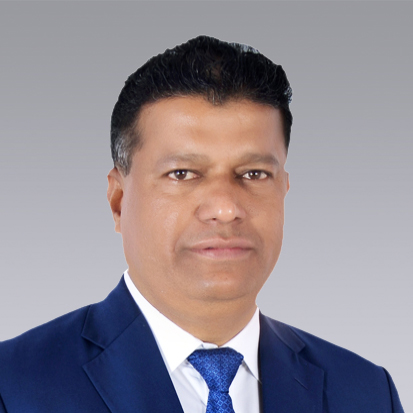
- By Taha Ansari, Managing Director - Project Management, Colliers India Colliers Advantage
Taha Ansari is a highly experienced professional with close to three decades of experience in the Real Estate industry. Based in North India currently, he is leading and managing all aspects of the Project Management Service Line in North & East India including financial planning, profitability, client relationships, and new business.
For more information, please visit:
- https://www.colliers.com/en-in/experts/taha-ansari
- https://www.colliers.com/en-in
- https://www.linkedin.com/company/colliers/





